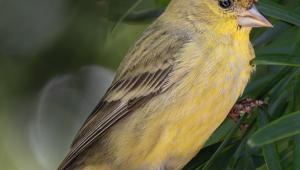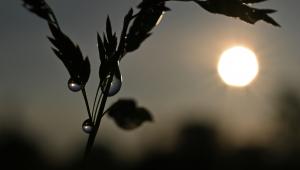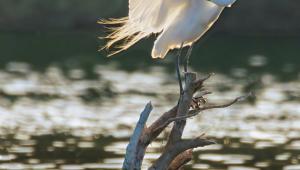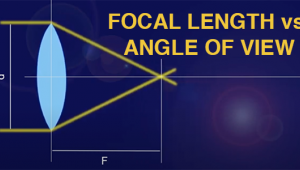4-Minute Guide to LONG EXPOSURE Photography (VIDEO)
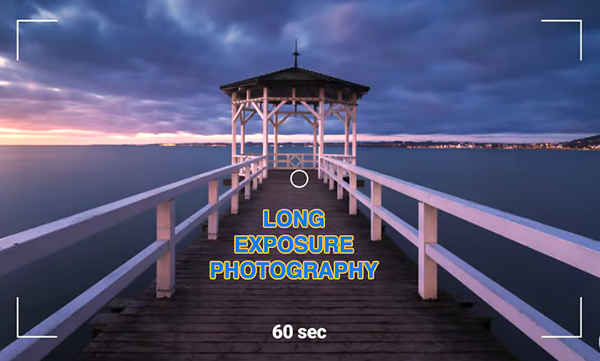
One sure way to capture impressive landscape images is to mount your camera on a tripod and experiment with long exposures. This enables you to convey a sense of movement, with cotton-like clouds and soft, flowing water.
Unfortunately, many outdoor photographers shy away from this technique because they mistakenly believe that it requires specialized gear and advanced skills. As you’ll see in the video below, nothing could be further from the truth.
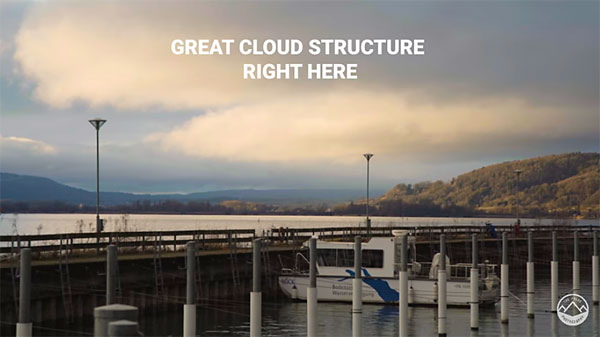
German pro Christian Mohrle is one of our favorite nature photography instructors, and he has a portfolio full of amazing images. In this episode he walks you through his simple process for making long exposure images. And the technique he describes is so straightforward that it takes barely four minutes to explain.
The first thing to understand is that this approach to using super-slow shutter speeds is only effective under certain conditions. Or as Mohrle puts it, “To get good long exposure photos, first I’m always looking for the right conditions. That means I want to have a few clouds up in the sky with nicely visible structure.”
Careful composition is also important, and Mohrle demonstrates some very solid tips. His goal is to frame a scene with several moving objects like water or clouds. And he positions these components against a single, static object. He recommends placing moving objects, other than clouds, in the lower 2/3 of the frame.

After settling on a composition, it’s time to determine your exposure, and Mohrle describes the key camera settings to use. What makes slow shutter speeds possible during the day, is attaching a strong ND filter on your lens to limit the amount of light entering the camera.
Of course once you employ an ND filter, your initial exposure settings must be readjusted, and Mohrle describes how to use an app called Photopills that quickly makes makes the calculations for you.
You can find more outdoor photography tips on Mohrle’s YouTube channel and in another tutorial we posted, explaining three simple techniques for capturing sunrise photos with maximum impact.
- Log in or register to post comments
















